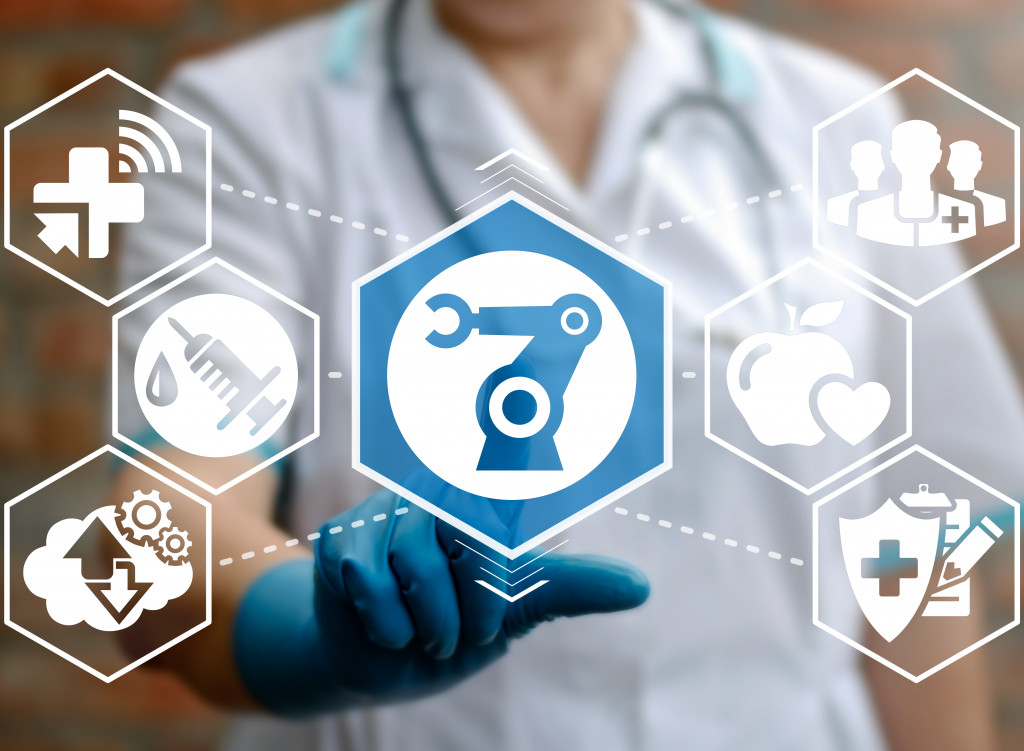Disclaimer: This website provides health information for educational purposes only and is not a substitute for professional medical advice, diagnosis, or treatment. Always seek the guidance of a qualified healthcare provider with any questions you may have.
The healthcare industry is rapidly changing. New treatment methods and technology are getting developed at an unprecedented rate. But most of these changes have not yet been adopted in the mainstream. So, now is the right time to change that.
The future of healthcare will get determined by organizations that can innovate faster than their competitors, so healthcare providers and hospitals need to start incorporating these practices if they want to stay ahead of the curve.
There are many ways to innovate, but some of the most significant changes that need to take place in healthcare are the following:
Improving communication and collaboration between different care providers.
One of the most critical ways to streamline the healthcare practice is by improving communication and collaboration between different care providers. Thanks to technology, it is now easier to connect with varying care providers and make sure that everyone is on the same page.
Collaborative tools such as Electronic Health Records (EHR) and cloud-based systems can help care providers share information and work together more effectively. It allows every team member to have access to the same patient information and make better decisions.
On the other hand, several communication channels can help care providers connect. Tools such as secure messaging, video conferencing, and even social media can keep every member connected and share information.
This way, a more defined approach to care can happen, allowing a better understanding of the patient’s condition. As a result, improving patient outcomes and reducing the chance of medical errors.
Introducing new treatment methods and procedures.
As mentioned before, new treatment methods and procedures are continuously arising. Healthcare organizations need to keep up with these changes to provide the best care possible for their patients.
The rise of technology-based treatments is one of the most significant changes in healthcare. These treatments are often more effective and less invasive than traditional methods.
An example of this is the use of robotics in surgery. This technology has been around for a few years, but it is only now starting to be adopted in mainstream healthcare. Robotics-assisted surgery is becoming more common because it is less invasive, causes less pain and scarring, and has a shorter recovery time.
Another example is the use of 3D printing in healthcare. This technology is being used to create custom implants and prosthetics better suited for the individual patient. Not to mention, 3D-printed organs are also being developed, which could be a game-changer for organ transplantation.
These changes are streamlining the healthcare industry and making it more efficient. In return, patients see better outcomes and the quality of life they deserve.
Encouraging patients to take a more active role in their care.

A patient-centered approach is one of the best ways to improve healthcare. In this model, the patient is more involved in their care and decision-making. They are also given more responsibility for their health.
There are many benefits to this approach. For one, it leads to better engagement and compliance with treatment plans. Patients are also more likely to follow through with their care when they feel like part of the process.
In addition, this approach can help to improve communication between patients and care providers. When patients are more involved, they are more likely to ask questions and be proactive about their care. This way, both parties can have a better understanding of the situation.
Allowing patients to recover beyond the healthcare facility.
As hospitals and clinics become more overcrowded, finding ways to ease the pressure. One way to do this is by allowing patients to recover in their own homes or other settings outside of the healthcare facility.
Home-based care is becoming more common as it is just as effective as hospital care, if not more so. In addition, it is more affordable and can be tailored to the patient’s individual needs.
Another significant change that is taking place in healthcare is the use of remote patient monitoring (RPM). It is a system where patients can have their vital signs monitored remotely using technology.
Medical alert tools also fall into this category. Patients can wear these devices at all times and allow them to call for help in an emergency. Thus, giving patients more freedom and flexibility when it comes to their care.
Many patients can benefit from this type of care, especially those with chronic conditions. It allows them to recover in the comfort of their own homes while still receiving the support they need.
The healthcare industry is always evolving, which means providers are constantly introducing new treatment methods. Collaborative tools, modern treatment methods, and patient-centered care are just a few of the changes taking place in healthcare. These changes make the industry more efficient and effective so that patients can get the best possible care.

